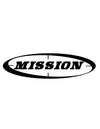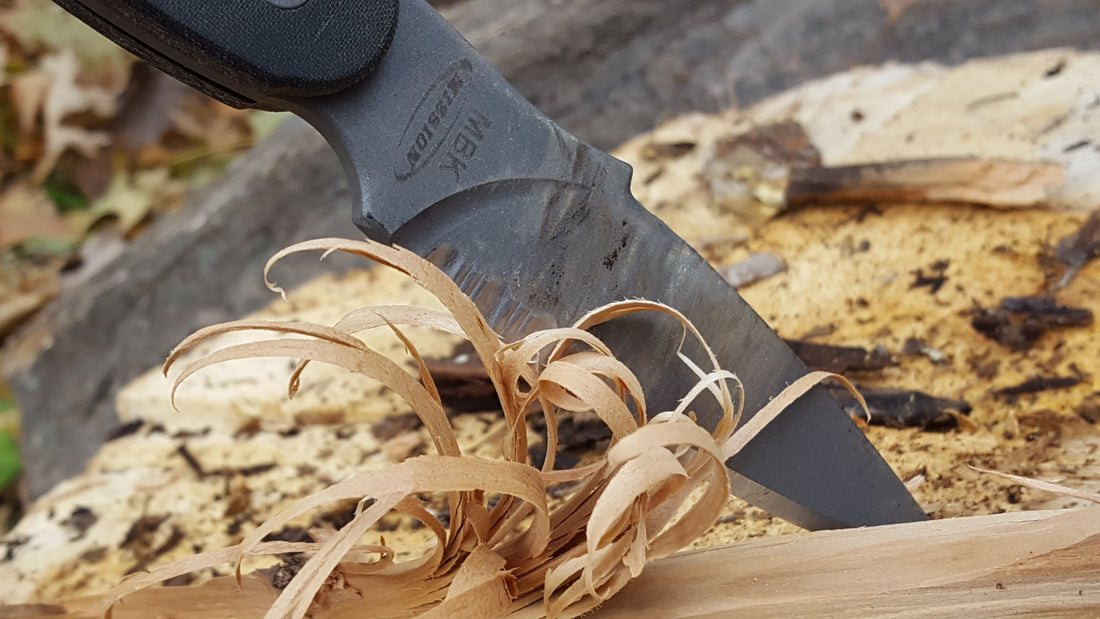By: Kevin Estela, Owner/Head Instructor of Estela Wilderness Education
One is none, two is one and three is just in case you lose one of the other two. I believe in redundancy and especially so in prepping. I think if a piece of gear is worthy of inclusion in your loadout, you should probably have a backup in case it breaks, is lost, or becomes unaccounted for somehow else. Think about it, you likely don’t just carry a single fire-starting method when you walk into the woods. What happens when that lighter or ferro rod slips out of your pocket? I feel important gear shouldn’t be carried in a single location and concentric layers of preparedness are important on your person, your vehicle, your house and your workplace. If you couldn’t tell, I don’t think we should be reliant on just ONE of anything. I have more than one friend, I own more than one firearm and I can’t drink just one cup of coffee. It’s important to see double in some of your preparation and routine. One aspect of “double vision” you should consider is your emergency kit. In this case, you should pack two, practice with one and carry the other. I’ll explain.
I’ve seen a lot of emergency kits sold in stores. These kits have been the inexpensive variety from companies like Coghlans and some have been extremely cost-prohibitive from big name labels. Buy the best you can afford and don’t skimp on quality. It’s only your life on the line, right? A great starter kit is designed by Survival Author, Doug Ritter, and sold through Adventure Medical Kits in big box stores. It’s reasonably priced and purchasing two isn’t going to break the bank. You can always add other components to it.Aside from purchasing a kit, the other option is to build your own with customized gear. There are many lists of suggested components out there and one needs to be honest and realistic with the limitations of their kit and their skill level. One should always pack to their weaknesses and to address the environmental issues of their area of operation. At this point in my life/training, I always build my emergency kits to suit my needs, not anyone else’s and I always build two. Here’s why.
If you buy an emergency kit or decide to make one, are you willing to practice with it? If you are, that’s great but what happens to your level of preparedness when you exhaust the resources in your kit? The ferro rod you carry should be the best quality and one that is used to a point where it will snap is not “best” in my opinion. If you carry a kit from your home to the woods, use it there wearing it down, and travel home, don’t you travel with less of a chance to survive? I don’t travel to the gun range and shoot all my ammunition. I top off my mags and load up before driving home. The idea of carrying an unloaded firearm is weird to me and so is the idea of having an emergency kit, MEANT FOR EMERGENCIES ONLY, that you use occasionally. I don’t like the idea of needing to resupply unless that idea of resupply is resorting to the kit that doesn’t get touched. I’d rather have a kit I assemble with gear I know will be fresh and ready to go than rely on gear that can be degraded or weakened with training time in the field.
Recently, I built up two kits based on the KeyDC from Centerline Systems. Mark L. from Centerline and I collaborated on this idea last year and it is, in my humble opinion, one of the best EDC options for carrying the basics. A new variation of the pouch has a sleeve pocket on the exterior instead of the loop moral patch fabric and it is designed for use as a neck knife. I’ve worn one behind a MISSION KNIVES MBK-TI while hiking before and I like the idea of having just enough gear to help me get by if I were to lose my daypack, haversack and all my pocket gear.
The kit I created featured some basic gear to address some universal needs. For something as small as this kit, I know I can easily pack a small LED light, whistle, back-up blade, ferro rod, mirror, button compass, and some cordage.These are items I feel are important to pocket before I leave the house. They are little luxuries and luxury items are relative. If you have nothing left, anything that gets the job done is a welcomed piece of gear. I won’t reach for these first but if I don’t have something in my usual kit, I know I’ll have a neck kit that will see me through. The guys over at the USRSOG created the “Last Ditch” kit years ago and I still believe they were onto something in designing that mini-SERE Kit. You don’t have to be a Spec Ops guy to benefit from another layer of redundancy in micro form. This is why the kit I carry compliments larger pocket gear, backpack gear and so on and so on.
As a Writer for MISSION, I was provided some additional blades to train and practice with so of course I jumped at the opportunity to push the limits of what the loaner MBK-TI would do for me in a pinch. Anthony, over at MISSION, actually encouraged me to use his blades hard and I didn’t hesitate to take him up on the offer. Much like a rental car, better to do it with a loaner than your own right? (Thanks Anthony!) With both knives and kits side by side, I could honestly push the small fire-starting gear in adverse weather, baton wood to reach the dryest inside, and construct basic tools to see me through a 48 hour self-imposed challenge. All the while, one kit remained minty fresh with the same capability as the one I no longer wondered about through use. When you pack a kit, pack two. Get in the habit of using one and testing the other always seeking to modify and improve upon it. Don’t leave your readiness to hope. As my Sayoc and Atienza brothers say, “hope is not a plan.” Having redundant layers is part of a real plan. Give it a shot and learn exactly what you’re carrying will do to help your survivability.







